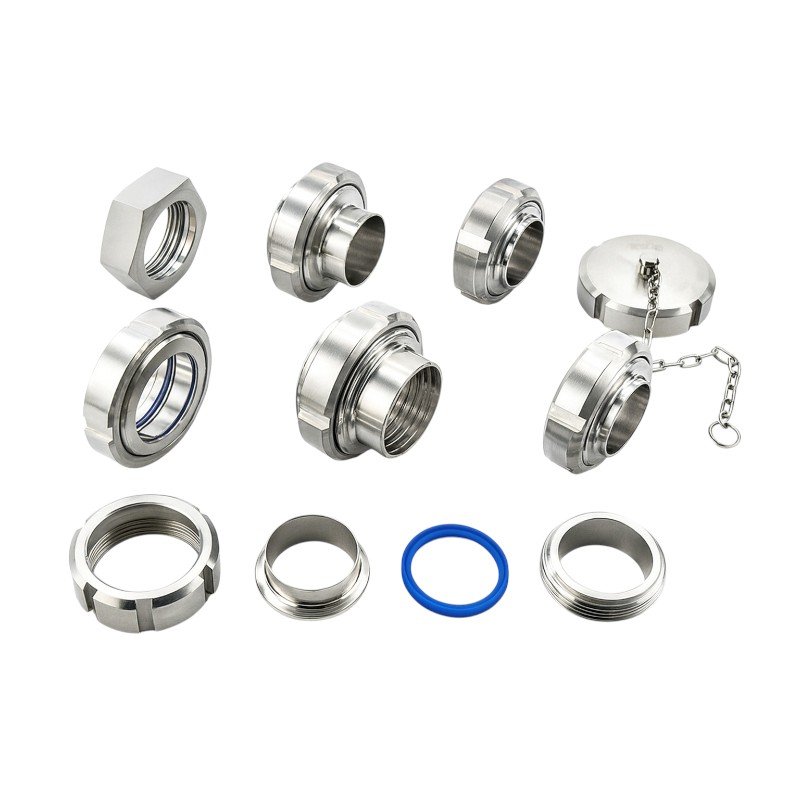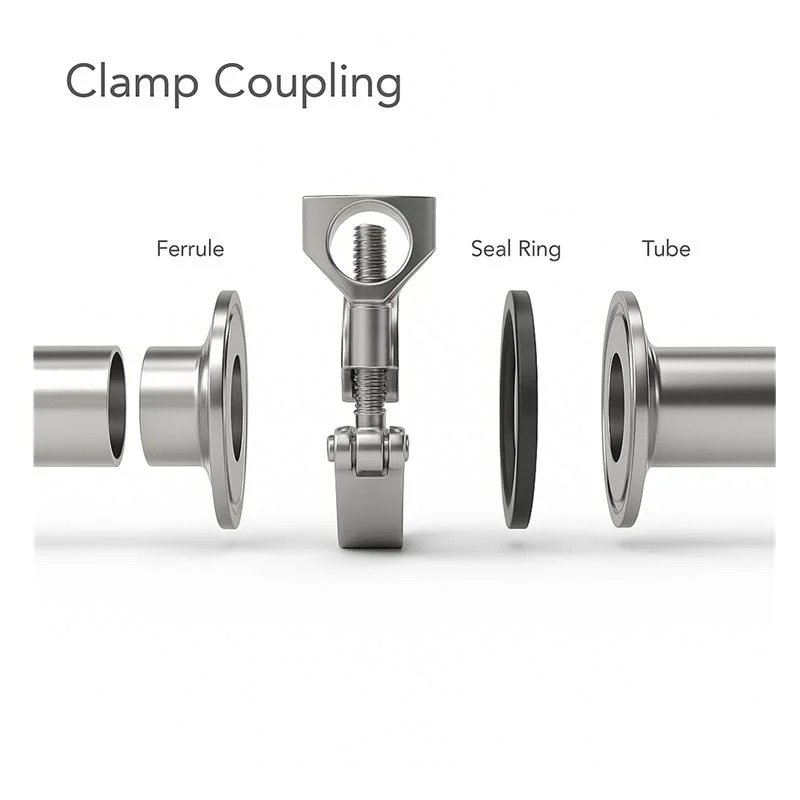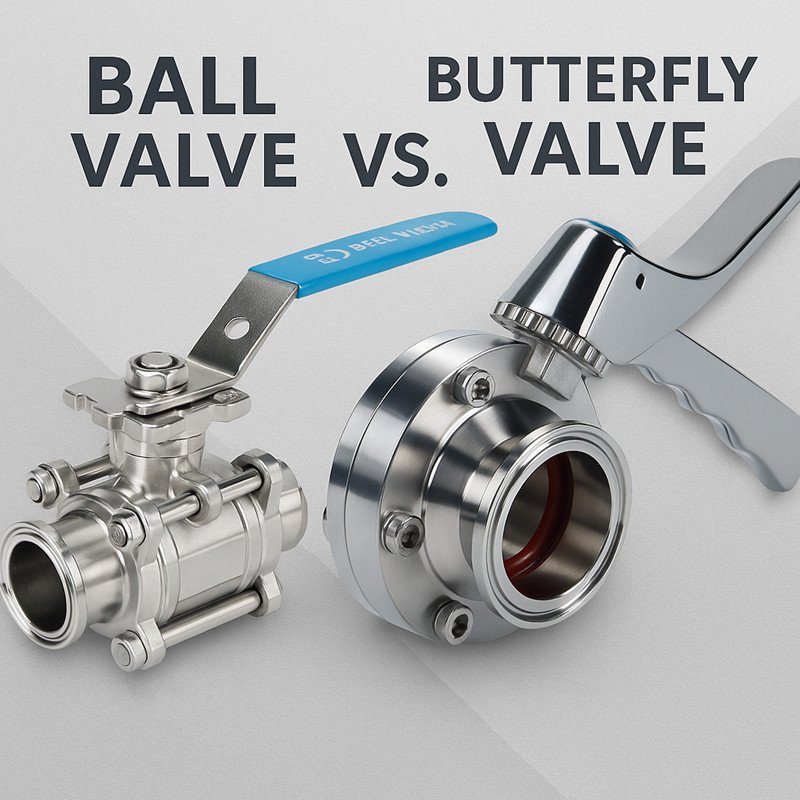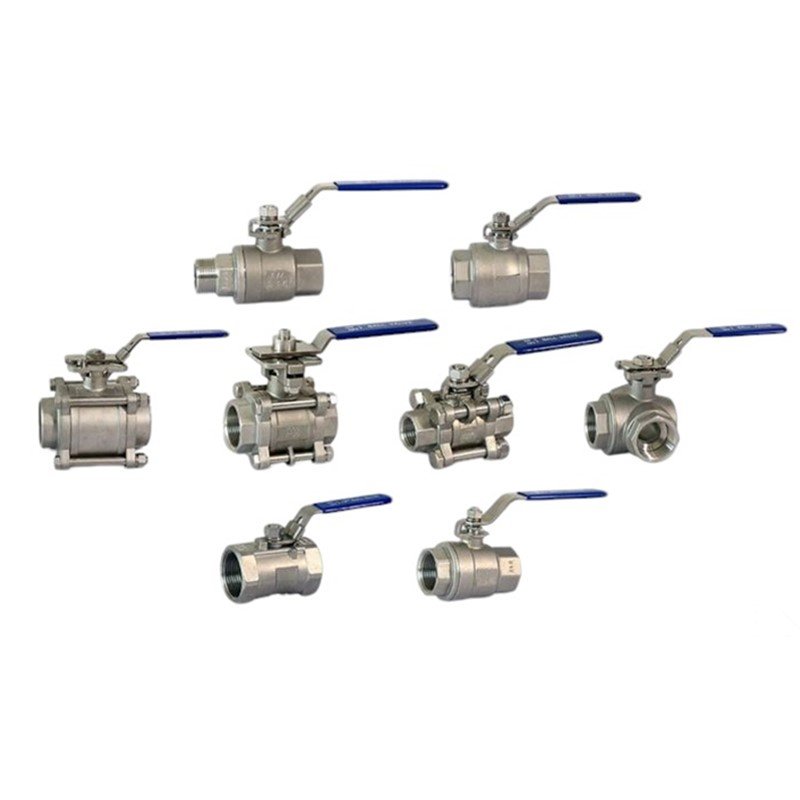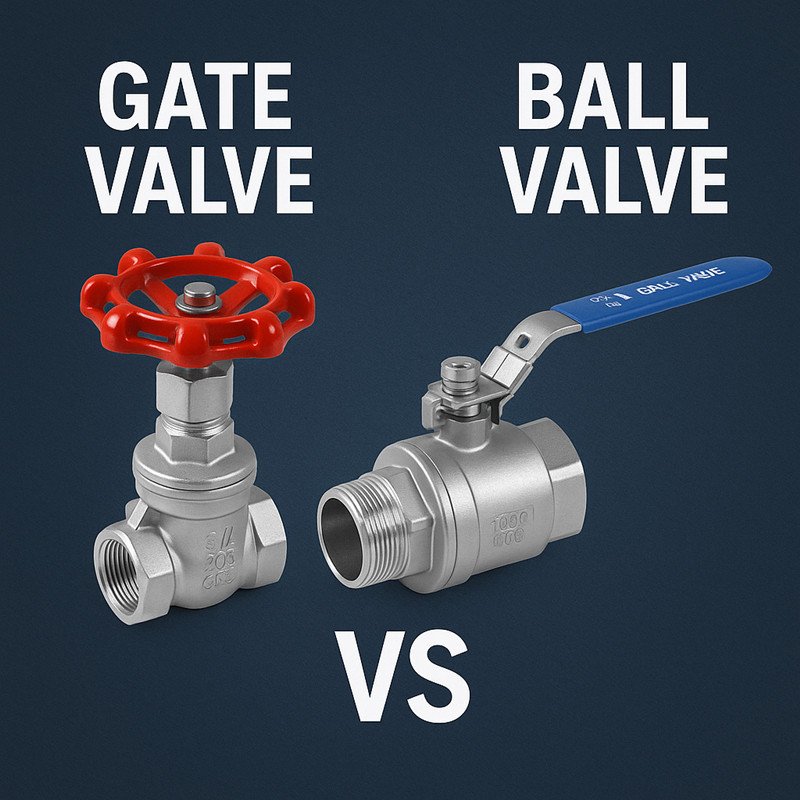
Struggling to choose between ball valves and gate valves for your project? You’re not alone.
Ball valves are fast, reliable shut-off valves ideal for high-cycle, low-pressure drop applications, while gate valves excel in low-frequency isolation for large flow paths.
Choosing the wrong valve could mean pressure drops, clogging, and expensive maintenance downtime. Here’s everything you need to make the right decision.
What is a Ball Valve?

Stuck with slow valve operation and fluid hammer issues?
A ball valve uses a perforated, pivoting ball to control flow. It opens quickly with a quarter turn and seals tightly.
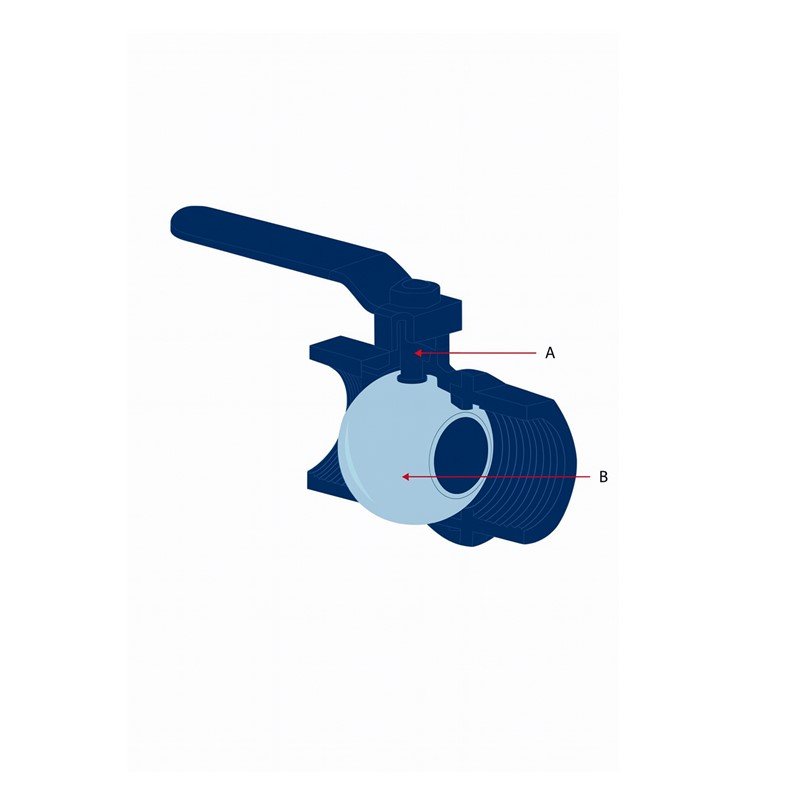
Ball valves are one of the most common valves I specify for high-cycle operations where quick shutoff and low leakage are critical.
Types of Ball Valves
- Two-way: Most common, simple on/off operation.
- Three-way: Allows diverting or mixing of flow.
- Four-way or multi-port: Supports complex flow paths like switching circuits.
- Full-port vs Reduced-port:
- Full-port = no flow restriction (ideal for viscous or abrasive media)
- Reduced-port = lower cost, smaller size, but slight pressure loss
Materials and Ratings
| Component | Common Materials | Notes |
|---|---|---|
| Body | SS316, SS304, Brass | Stainless steel for chemical resistance |
| Seats | PTFE, PEEK | PTFE standard, PEEK for high-temp use |
| Seals | Viton, EPDM, NBR | Depends on media compatibility |
Typical pressure ratings: Up to 1000 psi/PN63
Temperature: -20°C to 230°C depending on seat/seal materials
Common Applications
- Chemical plants
- Compressed air systems
- Water treatment skids
- Instrumentation panels
- High-cycle automation processes
What is a Gate Valve?
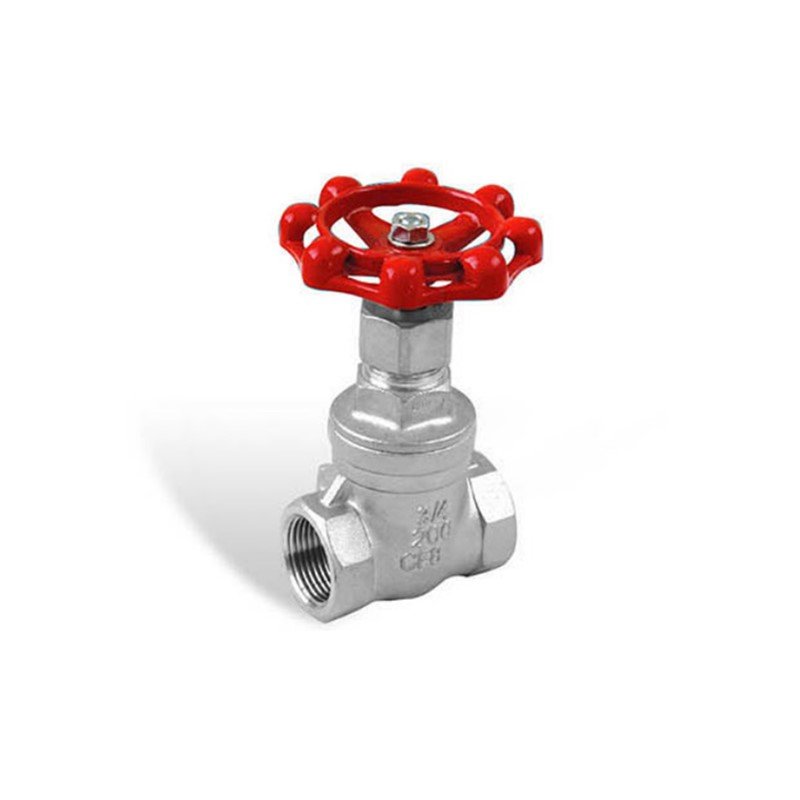
Need a low-cost solution for isolating large pipelines?
A gate valve uses a wedge-shaped gate that slides between seats to block flow. It’s best for fully open or closed positions.
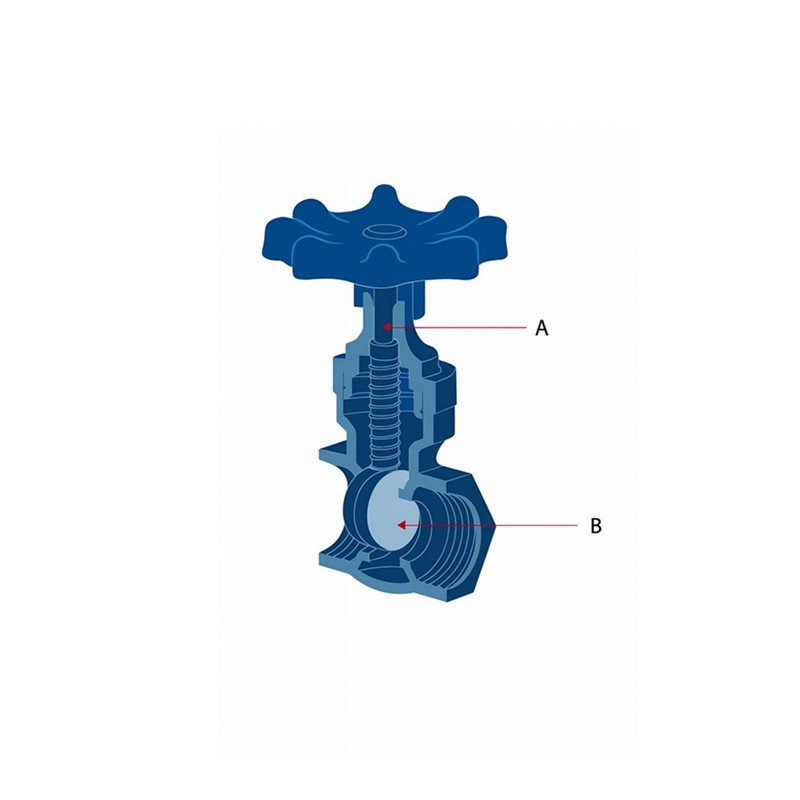
Gate valves are great for water and oil pipelines — especially where slow actuation isn’t an issue.
Types of Gate Valves
- Rising stem: Visual position indicator, takes more vertical space
- Non-rising stem: Compact, but requires mechanical position indicator
- Solid wedge: Simple, common, less tolerant to thermal changes
- Flexible wedge: Better sealing, can absorb pipe strain
- Parallel slide: Good for steam systems
Materials and Ratings
| Component | Common Materials | Notes |
|---|---|---|
| Body | Cast iron, SS316, WCB | SS for corrosion, cast iron for budget |
| Wedge | SS316, bronze, ductile iron | Material compatibility is critical |
| Seats | Metal-seated | Rarely soft-seated like ball valves |
Typical pressure ratings: Up to 200 psi /PN16
Temperature: Up to 500°C (depending on seat and body materials)
Common Applications
- Oil and gas pipelines
- Water treatment plants
- HVAC systems
- Steam lines
- Fire protection systems
Key Performance Criteria Comparison
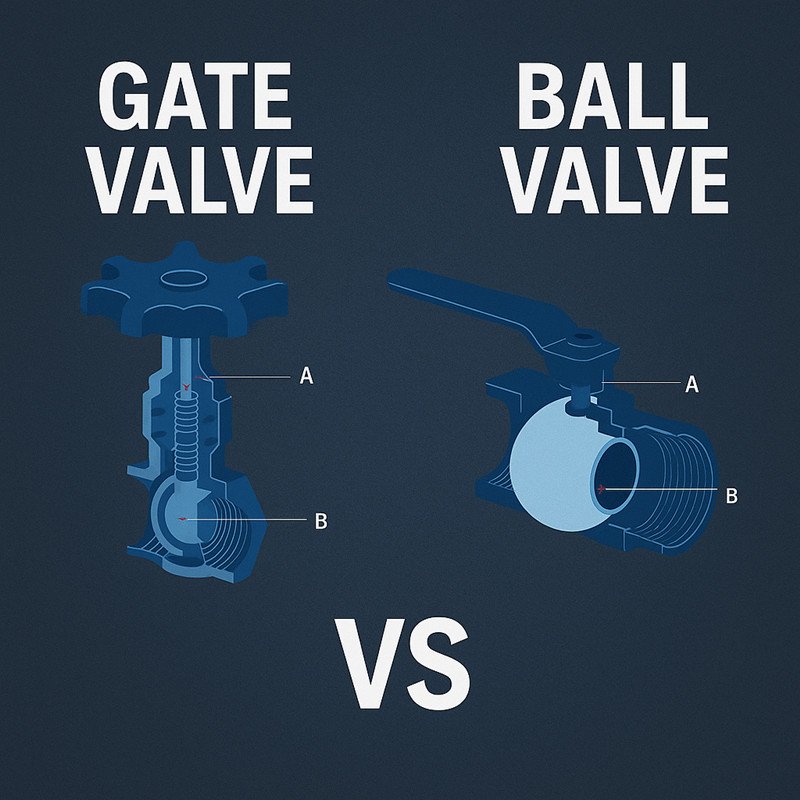
| Criteria | Ball Valve | Gate Valve |
|---|---|---|
| Operating Speed | Quarter-turn, fast | Multi-turn, slow |
| Pressure Drop | Minimal (full port) | Moderate to high |
| Flow Control (Throttling) | Not ideal – can damage seats | Not ideal – can cause vibration/erosion |
| Leakage Potential | Excellent sealing with soft seats | Higher risk due to metal-to-metal seal |
| Maintenance | Low maintenance; seat wear over time | Prone to stem and seat wear |
| Installation Space | Compact (esp. automated) | Large vertical clearance needed |
| Cost (Initial) | Higher | Lower |
| Cost (Lifecycle) | Lower if frequent use | Higher if cycled often |
| Abrasive/Slurry Media | Better with full port and PTFE seats | Poor – can clog and score the gate |
| Multi-Port Capability | Yes (3-way, 4-way) | No |
Application-Specific Guidelines

Water Distribution Pipelines
Use gate valves for main isolation — low cost and reliable.
Use ball valves in branches where fast shutoff is needed.
Oil & Gas Pipelines
Gate valves dominate — especially for large bore, low-cycle isolation.
But for chemical injection skids? I always choose ball valves.
Chemical Processing / Corrosive Environments
Stainless steel or PTFE-lined ball valves with full port design work best.
Gate valves often require exotic alloys — cost skyrockets.
High-Temperature/High-Pressure
Gate valves with metal seats handle better thermal cycling.
Ball valves need special seat material (e.g., PEEK).
Slurries / Viscous Fluids
Go with full-port ball valves — they reduce clogging.
Gate valves may fail due to sediment build-up between seats.
Frequent Operation vs Rare Isolation
High-cycle? Use a ball valve.
Rare use? A gate valve is economical.
Multi-Port/Diverter Applications
Only ball valves offer this — we use them in filtration bypass setups and process loops.
Common Mistakes & Misconceptions
❌ Throttling with ball valves
- Can cause cavitation and seat damage. Use a globe valve instead.
❌ Using gate valves for high-cycle service
- Stem threads and packing degrade quickly — leading to leaks and jamming.
❌ Undersized valves
- Both types have internal flow restrictions depending on port type. Check Cv value.
❌ Material mismatch
- We once saw a gate valve with cast iron body installed in a seawater line — it corroded within 6 months.
❌ Ignoring maintenance access
- Ball valves are easier to remove and replace in tight spaces. Gate valves may require full pipe disassembly.
Valve Selection Checklist
- [ ] Fluid type (corrosive, abrasive, clean?)
- [ ] Required Cv (flow rate)
- [ ] Operating frequency
- [ ] Space constraints
- [ ] Automation needed?
- [ ] Max pressure / temperature
- [ ] Port configuration (straight-through or diverter?)
- [ ] Certification requirements (API, ISO, etc.)
- [ ] Maintenance access?
Conclusion
Choose the right valve not just for the media, but for how often it operates, where it’s installed, and how it affects your system long-term.
A ball valve is perfect for frequent, reliable shutoff. A gate valve is best for infrequent isolation of large flows.
FAQs
Q: Which is better — a gate valve or a ball valve?
A: It depends on the application.
- Use a ball valve for fast shut-off, reliable sealing, frequent operation, or when multi-port flow paths are needed.
- Use a gate valve for large flow rates, cost-sensitive systems, and rarely operated isolation points.
Q: What is the main difference between a gate valve and a ball valve?
A: A gate valve uses a vertical disc (gate) that slides up or down to control flow.
A ball valve uses a rotating ball with a bore; turning 90° opens or closes the valve.
Q: What is a ball valve used for?
A: Ball valves are used as on/off shut-off valves in systems requiring tight sealing, low pressure drop, and high durability — such as water, air, and chemical pipelines.
Q: When should I use a gate valve?
A: Gate valves are ideal for isolation in large-diameter lines, especially when:
- Flow needs to be fully open or fully closed
- The system handles slurries or dirty fluids
- Cost or pressure drop is a concern
- Operation is infrequent
Further Resources
Beyond Fluid — Stainless Steel ball valves and gate valves Manufacturer in China
www.beyondfluid.com


